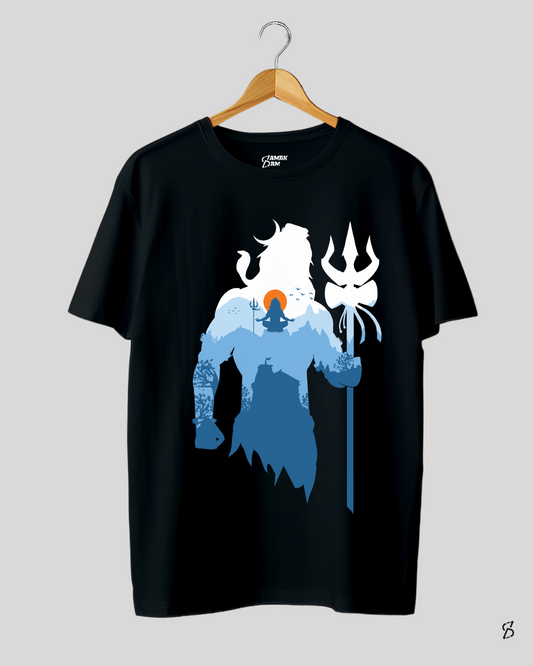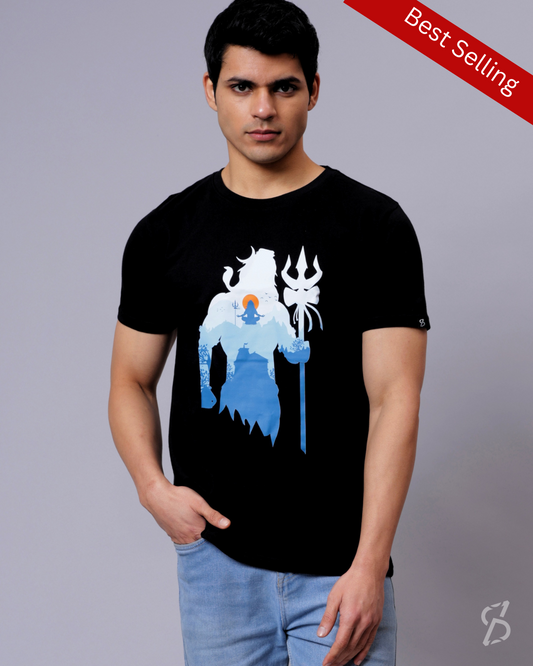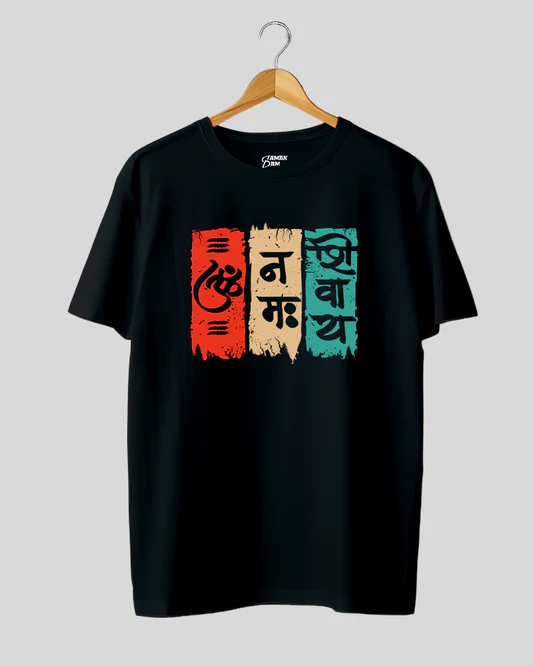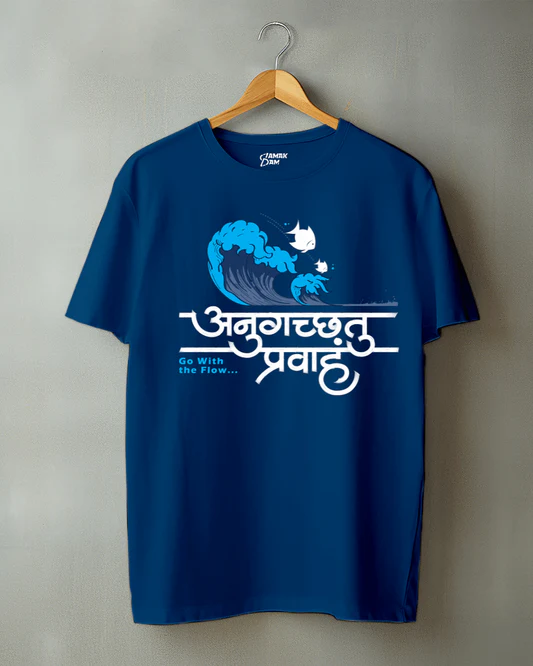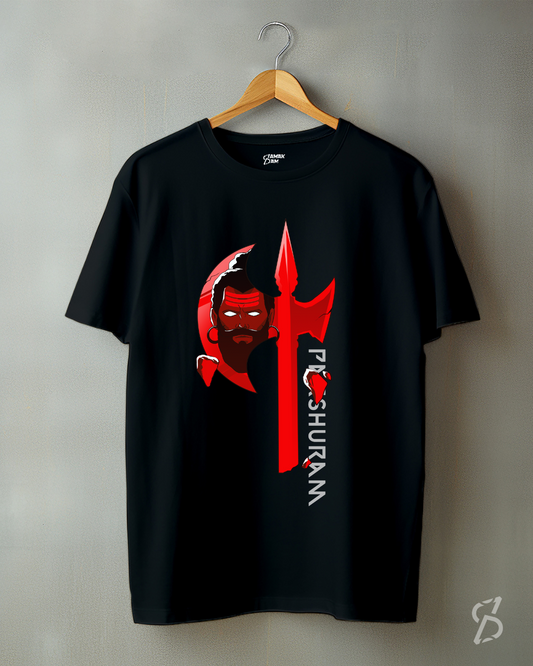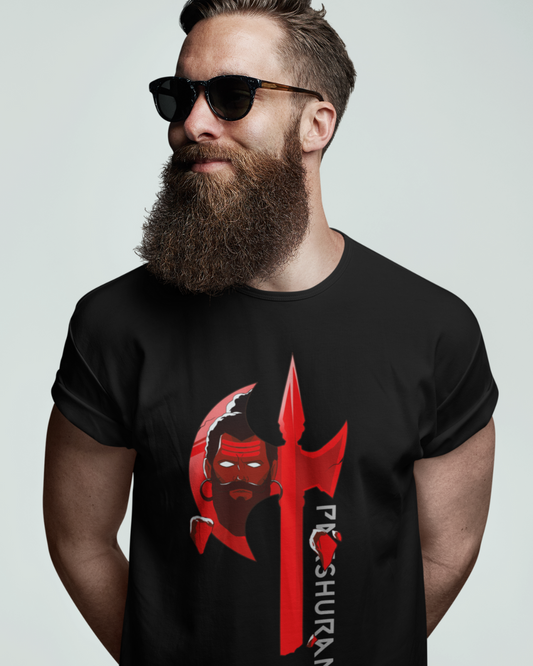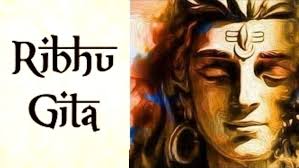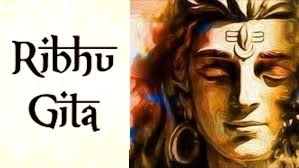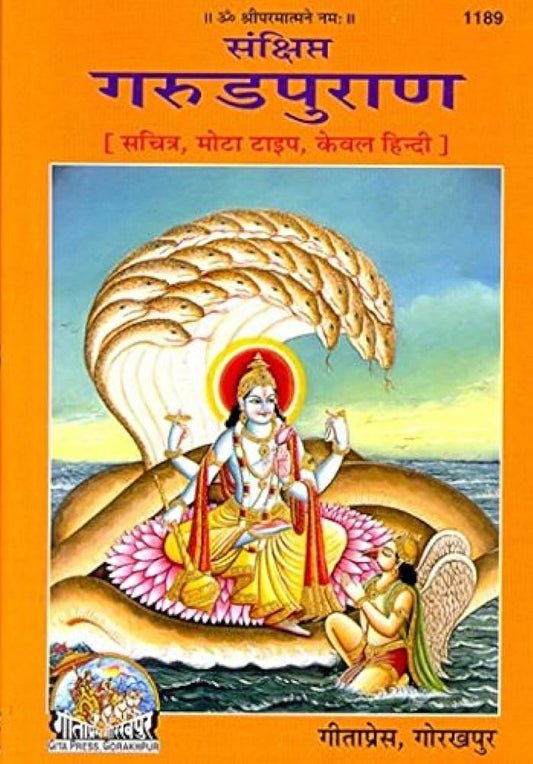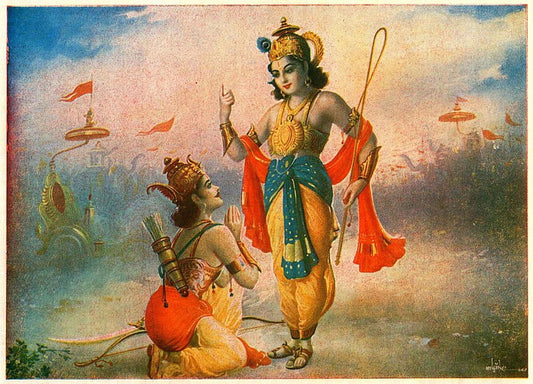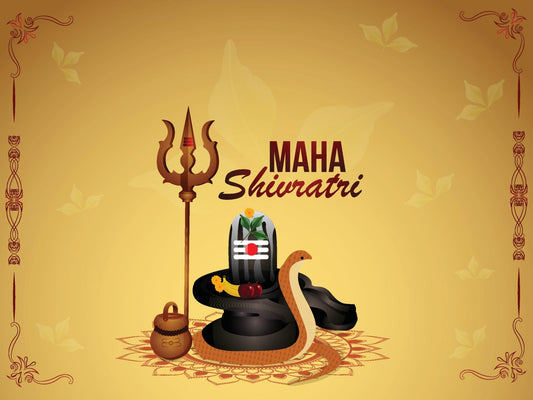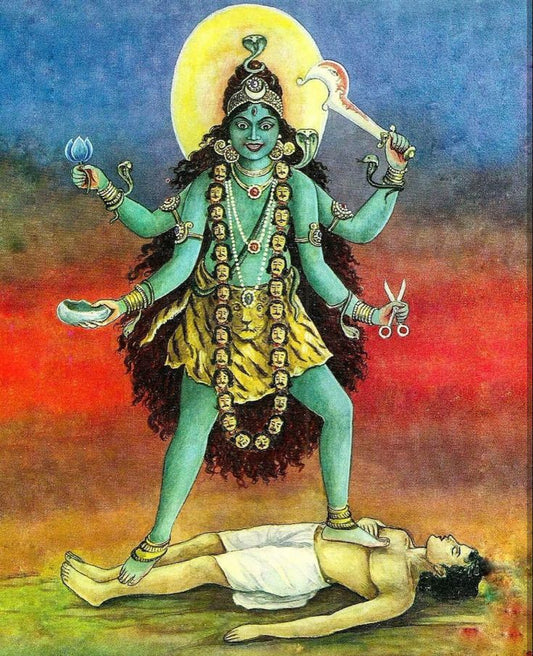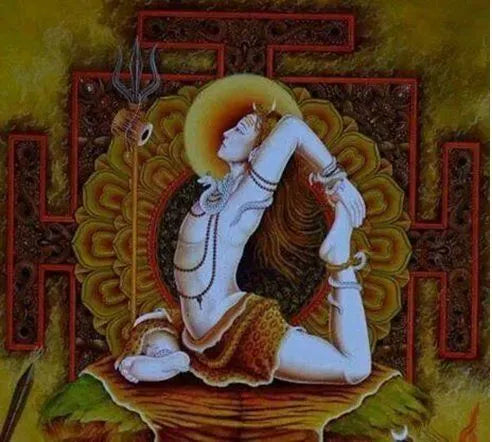Dhoti and Panchakacham are both traditional garments worn by men, but they have some differences in terms of style, draping method, and regional usage. Here are the key distinctions between the two:
Dhoti:
- Style: Dhoti is a long rectangular piece of fabric that is typically wrapped around the waist and legs, forming loose, pleated layers. It is worn in various regions of India, including South India, Maharashtra, and parts of North India.
- Draping Method: Dhoti is wrapped around the waist and then passed between the legs, creating multiple pleats that hang in the front. The remaining fabric is draped over the shoulder or tucked in at the waist.
- Length: Dhotis are usually longer in length, reaching below the knees or sometimes even touching the ankles.
- Usage: Dhotis are worn for both formal and casual occasions, and they are commonly seen during religious ceremonies, festivals, weddings, and cultural events.
Panchakacham:
- Style: Panchakacham, also known as Veshti or Mundu, is a specific style of dhoti predominantly worn in Kerala and Tamil Nadu in South India.
- Draping Method: Panchakacham follows a more intricate draping method. It involves wrapping the fabric around the waist, forming multiple pleats, and tucking them in at the back. The remaining fabric is brought to the front, twisted, and taken between the legs before being tucked in at the waist.
- Length: Panchakacham is usually shorter in length compared to other dhoti styles. It typically ends above the knees.
- Usage: Panchakacham is considered a more formal attire and is commonly worn during traditional ceremonies, religious rituals, weddings, and cultural festivals in Kerala and Tamil Nadu.
While both dhoti and panchakacham share similarities, the specific draping style and regional variations make them distinct from each other.
Tags:


